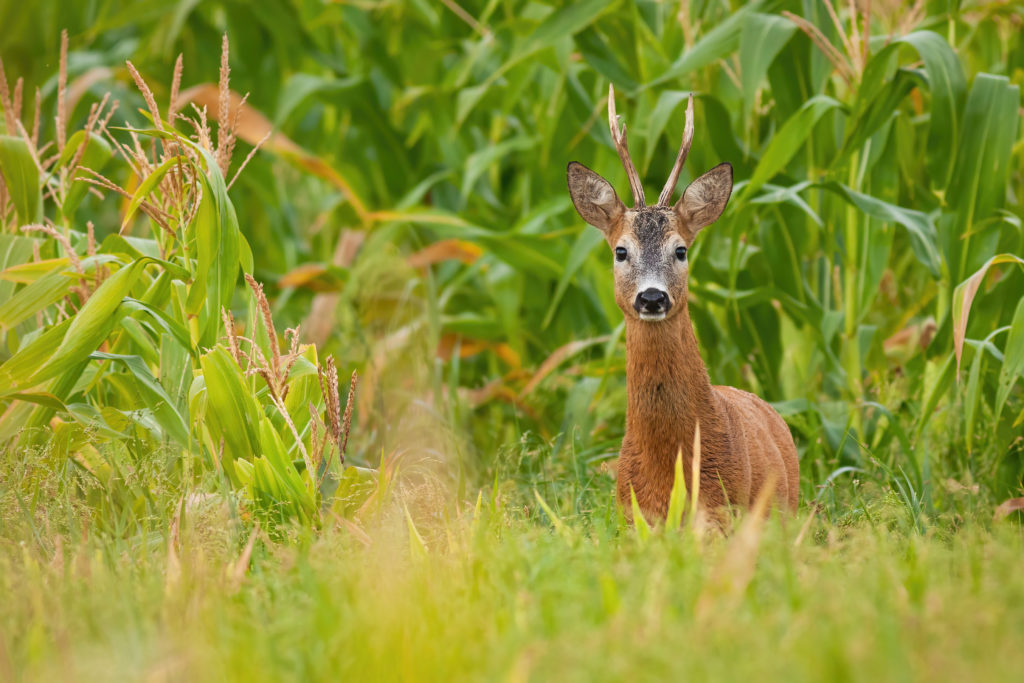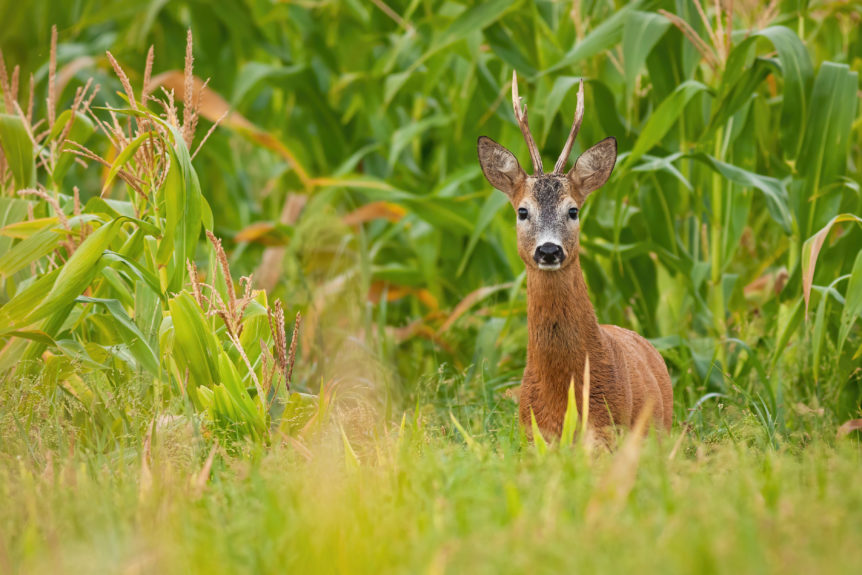
By JakubMrocek/DepositPhotos image
Agricultural pests are sometimes disguised as animals looking for food sources. Unfortunately for producers in Georgia, that food source will often be their crops.
Georgia’s legislative leaders are arming state agencies with substantial funding in next year’s budget to tackle this substantial problem. Included was $150,000 directed to the Georgia Department of Agriculture for the Feral Hog Task Force and $300,000 to the Georgia Department of Natural Resources for the Hunters for the Hungry Program.
“It really hits at the bottom line, whether you’re paying somebody to help address that issue for you or you’re just eating the costs to replant those commodities or those crops,” said Georgia Ag Commissioner Tyler Harper. “Feral hogs or deer, regardless of what the problem is, it definitely is an issue in our state and something we’re working to find solutions to and working to address.”
Harper was instrumental in helping start the taskforce last year. It consists of the Georgia Department of Agriculture, U.S. Department of Agriculture (USDA), Georgia Department of Natural Resources (DNR), Georgia Association of Conservation Districts and the University of Georgia.
Matt Ondovchik, wildlife biologist with the USDA Wildlife Service, chairs the taskforce and outlines the short-term goal shared by member entities.
“One of the short-term goals we wanted to do was provide assistance to landowners, producers, any stakeholders battling the pig issue. One of the things we did was develop and incorporate a trap rental program. Funding for that has been from multiple different entities. It is basically administering that trap program in that district, and it kicked off literally just a couple of months ago,” Ondovchik said.
Deer control has largely been managed through permits that growers and landowners seek to reduce populations wreaking havoc on agriculture. Trevor Santos, deputy commissioner for the Georgia Department of Natural Resources, said increased funding for the Hunters for the Hungry program will allow additional processors to be part of the program.
“In conversations we had with the Ag community, statewide elected officials, local elected officials and producers themselves, we realize that if we had funding to expand the Hunters for the Hungry program, it would allow hunters the ability to go take more deer during the hunting season; ultimately, helping those producers in managing the populations in their areas,” Santos said.
According to the Georgia DNR, 914 permits were issued in 2023, covering 623,894 acres, leading to 9,339 deer authorized. Included in the state’s budget was $300,000 which will allow more processors to be utilized, leading to an increased volume of deer that will not be attacking farmers’ crops.

By Clint Thompson










